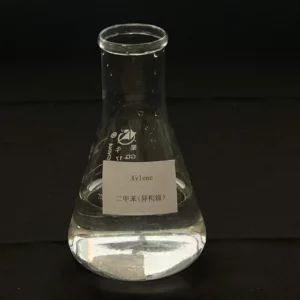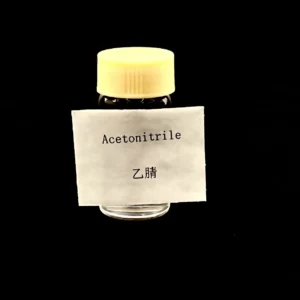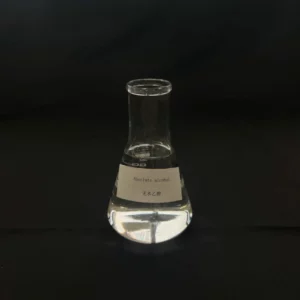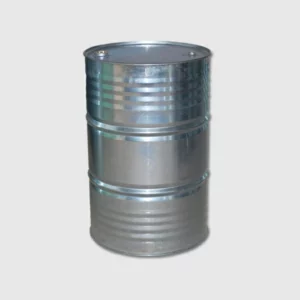In the world of chemical compounds, acrylonitrile stands out as a versatile and valuable substance with a wide range of applications. Its unique properties make it indispensable in various industries, from textiles to plastics. In this blog post, we will delve into the potential of acrylonitrile and explore two important compounds used in its production: dilauroyl peroxide and methyltriphenylphosphonium bromide by China Methyltriphenylphosphonium Bromide manufacturer.

Acrylonitrile, also known as vinyl cyanide, is an organic compound with the chemical formula C3H3N. It is a colorless liquid with a pungent smell and is highly flammable. Acrylonitrile is primarily used in the production of acrylic fibers, which are widely used in the textile industry for their softness, durability, and resistance to wrinkles and fading. Acrylic fibers are used in the manufacturing of clothing, carpets, and upholstery, among other applications.
One crucial compound in the production of acrylonitrile is dilauroyl peroxide. Dilauroyl peroxide is an organic peroxide that acts as a radical initiator in the production of acrylonitrile. It helps initiate the reaction that converts propylene and ammonia into acrylonitrile through a process called ammoxidation. Dilauroyl peroxide from China Dilauroyl Peroxide supplier, plays a crucial role in ensuring the efficiency and quality of the acrylonitrile production process.
Another compound that is vital in the production of acrylonitrile is methyltriphenylphosphonium bromide. Methyltriphenylphosphonium bromide, also known as Ph3P+CH3Br-, is a quaternary ammonium salt. It acts as a phase transfer catalyst in the ammoxidation reaction, facilitating the transfer of reactants between immiscible phases. The presence of methyltriphenylphosphonium bromide improves the reaction efficiency, allowing for higher yields of acrylonitrile production.
The production process of acrylonitrile through China Acrylonitrile suppliers, involves the ammoxidation of propylene, in the presence of ammonia, using a catalyst system that includes dilauroyl peroxide and methyltriphenylphosphonium bromide. This process is carried out under carefully controlled conditions to ensure safety and optimize the yield of acrylonitrile.
Apart from its use in the textile industry, acrylonitrile finds applications in the production of plastics, resins, synthetic rubbers, and adhesives. It is a key component in the manufacturing of ABS (acrylonitrile butadiene styrene), a thermoplastic polymer known for its strength, impact resistance, and heat stability. ABS is widely used in various industries, including automotive, electronics, and consumer goods.
It is important to note that acrylonitrile is a hazardous material and should be handled with caution. Safety measures and protocols must be followed during its production, transportation, and storage to ensure the well-being of workers and the environment.
Acrylonitrile is a versatile compound with numerous applications across industries. The production process of acrylonitrile relies on the use of compounds such as dilauroyl peroxide and methyltriphenylphosphonium bromide to ensure its efficient synthesis. From acrylic fibers in textiles to ABS plastics in manufacturing, acrylonitrile plays a significant role in shaping our modern world.

.webp)



